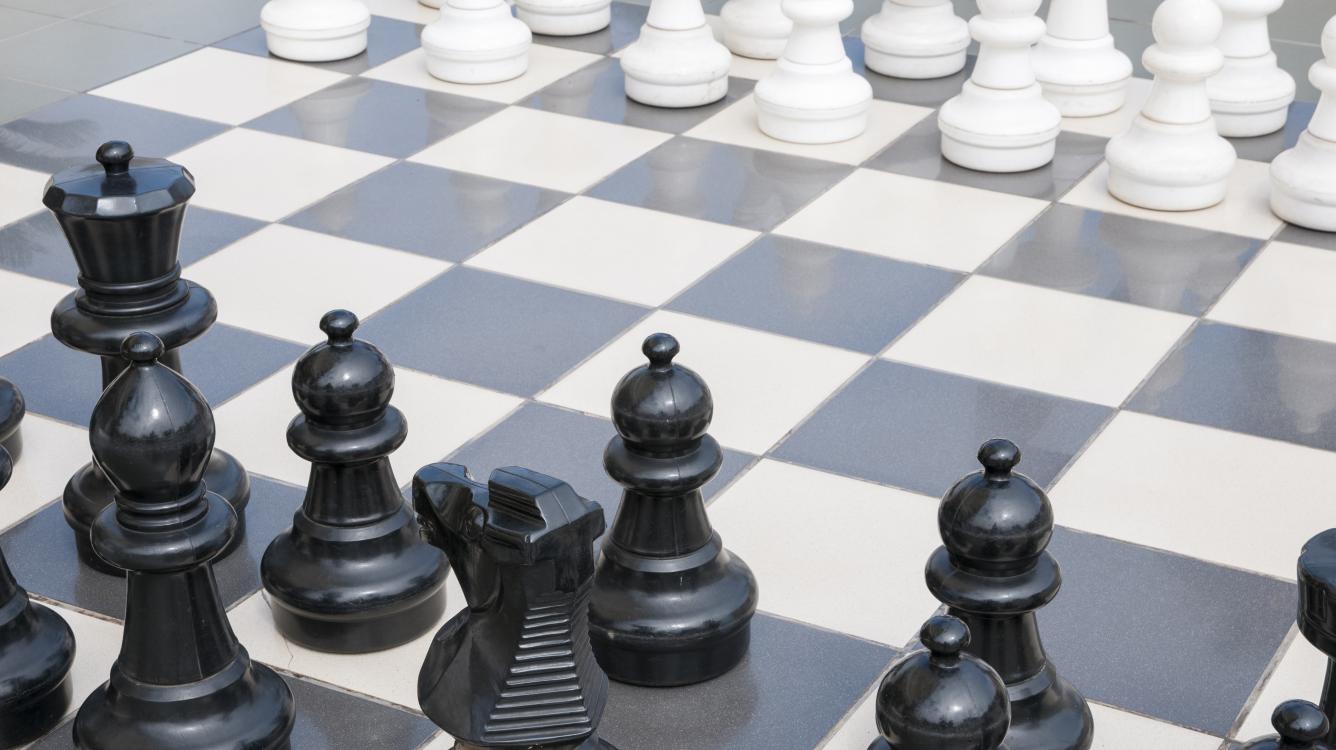
The Modern Defense: A History
Like the Kan/Paulsen, the so-called "Modern Defense" is an opening with many names. When I first met it, as a beginning chess player, I knew it as the "Robatsch Defense."
It has also been called the Ufimtsev Defense, the Kotov Defense, the Pirc Defense (before the latter began to refer to the related opening with Black playing an early ...Nf6) and the "King's Fianchetto Defense."
Nowadays, the name "Modern Defense" has become the standard -- if rather bland -- name to refer to openings with Black's early ...g6 and ...Bg7 without an early ...Nf6.
Personally, I would rather it be called one of those other names.
The Modern is a radical defense/counterattack where Black forgoes an early occupation of the center with pawns, preferring to put pressure on the long diagonal and hit back later at White's big center. Thus it can be classified with the "hypermodern" openings, which became popular with players such as Aron Nimzowitsch and Richard Reti in the 1920s and 1930s.
However, the hypermoderns were mostly interested in openings with the fianchetto of the queen's bishop as Black -- especially the Nimzo- and Queen's Indian Defenses. These defenses, while also not occupying the center with pawns, did however for the most part restrain the creation of a large white pawn center.
The Modern (as well as the King's Indian Defense) had a somewhat different character -- one of danger, of walking on thin ice and trying to draw the opponent over the abyss.
Nimzowitsch, on the other hand, tended to like theorems rather than risky adventures.

While the Modern Defense is -- naturally -- a creation of the post-World War II era, it was not unknown earlier in history. However, most of its early exponents simply did not know how to play it right.
In the 19th century, before most of the positional theories had been developed, players had a hard time correctly playing openings which didn't depend mostly on direct, attacking play and tactics. It is easy to forget, but there was no formal concept of such things as weak-color complexes, pawn chains, weak squares, et cetera.
While some players, such as Paul Morphy, had an intuitive understanding of such things, they were not widely known. It is not surprising that an opening that depended on subtle counterattacking ideas and flexibility did not have good results -- and hence 1...g6 was generally called "incorrect."

Here is an example of Black's typical misplaying of these openings in the 19th century.
Augustus Mongredien, while one of the Modern Defense's earliest proponents, still made many mistakes that look like beginner's play today. He combined the unusual and provocative fianchetto of both bishops with the very premature ...e5.
This allowed the white pieces to be better-placed in a relatively open position. The Modern thrives on its flexibility -- determining the central structure so early allowed White to position his pieces properly, and left Black with only the downsides of the defense.
Then Black combined the risky placement of the knight on e7 with an early castling. It was not surprising he was wiped out in 22 moves in one of Wilhelm Steinitz's more famous games.
Another frequently seen sin of the early days was the combination of ...e6 and ...g6. Many of the early "Modern Defense" games began with 1.e4 e6 2.d4 g6. Black typically put the knight on e7 and followed up with an early ...d5. Not surprisingly, this is one of the 19th-century openings that you will almost never see today.
One of the few early exponents of the Modern Defense who did have some understanding about how to play it was a player you might remember from last week's article -- Louis Paulsen. As it turns out, besides originating many of the Sicilian variations, Paulsen was also an early player of the Modern.
Basically, I think in Louis Paulsen there was a player who was far ahead of his time, since he had an original understanding of the concept of imbalance in playing Black.
With the advent of Steinitz's and Tarrasch's theories of positional play and the classical era, the Modern Defense practically disappeared from practice.
On the rare occasions it did reappear, it usually got beaten in fearsome fashion, often accompanied by notes by the winner describing it as an incorrect opening.
Even Alexander Alekhine -- a player who was not known for dogmatism -- described it as a "joke" when Capablanca played it in a game against Edward Lasker.

Alekhine wrote this comment in the annotations to the following crushing win against Vladas Mikenas, who was brave enough to play this risky opening against the world champion -- but did not have a sufficient understanding of how to play it right.
Check back next week to see how the Modern Defense grew in reputation after World War II.
RELATED STUDY MATERIAL
- Read GM Smith's last article, The Paulsen Sicilian: A History (part 2).
- Watch how GM Simon Williams attacks the Modern Defense.
- Take a lesson on the Modern Defense in the Chess Mentor.
- Solve some puzzles in the Tactics Trainer.
- Looking for articles with deeper analysis? Try our magazine: The Master's Bulletin.

